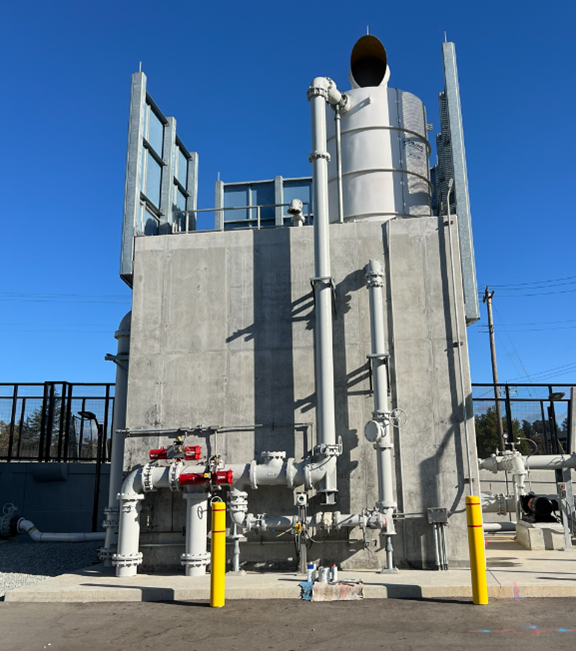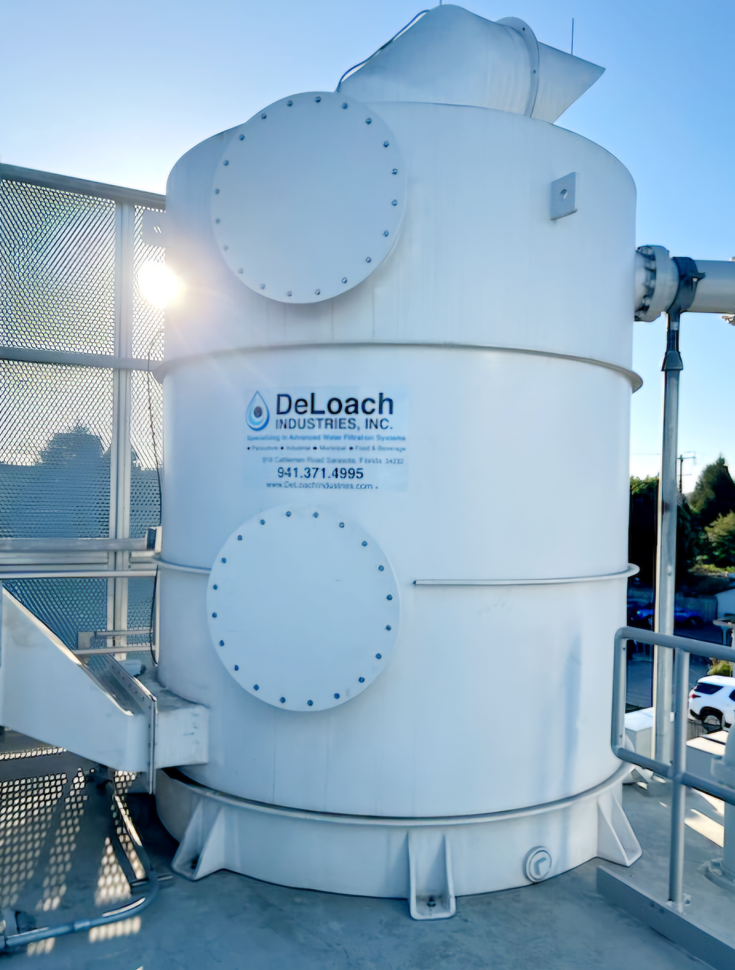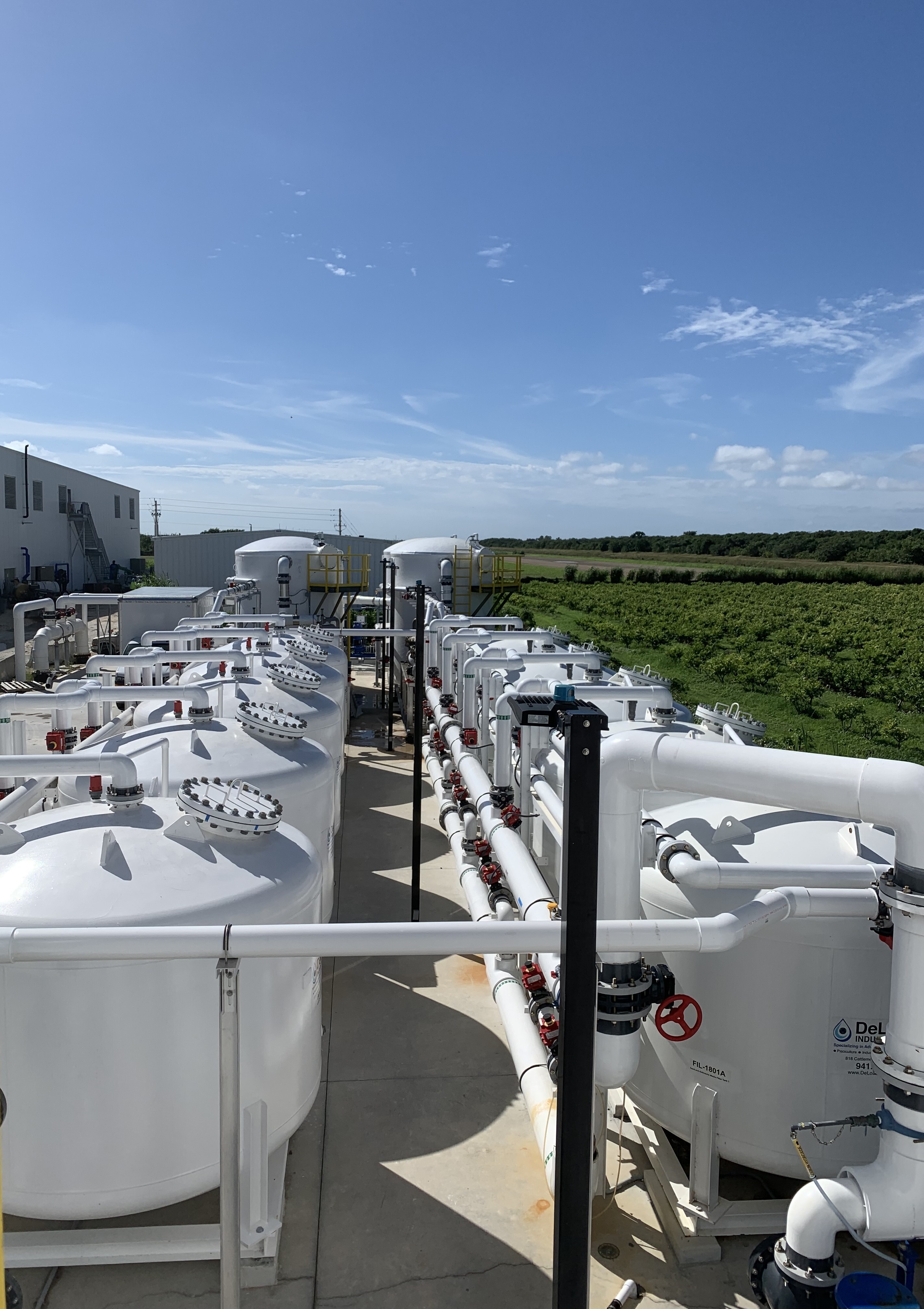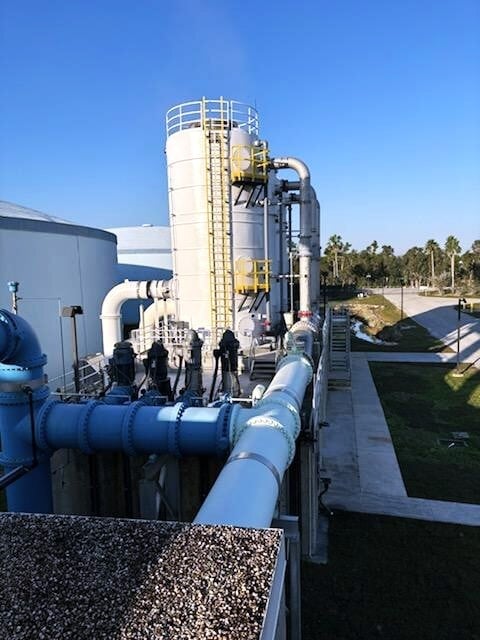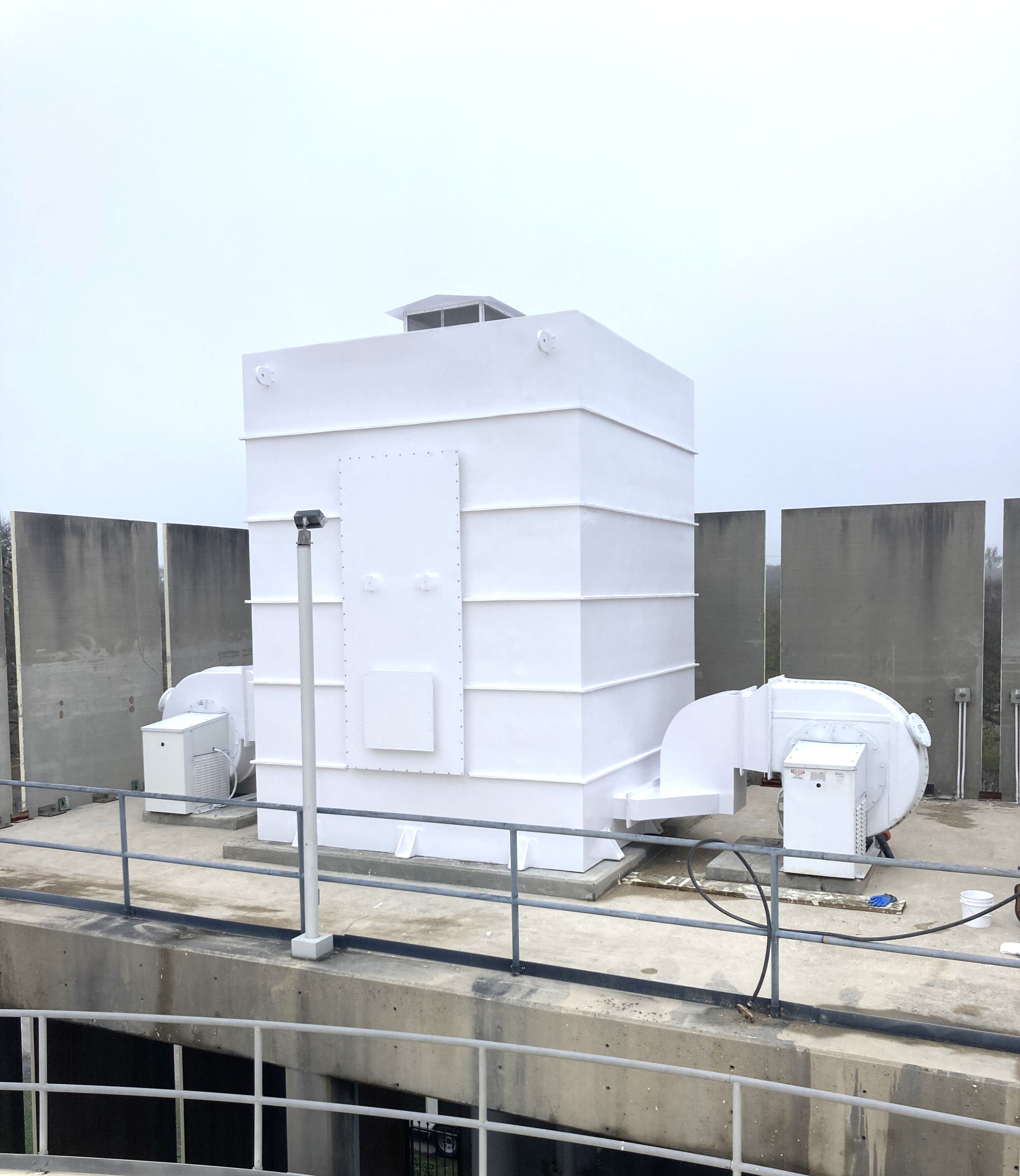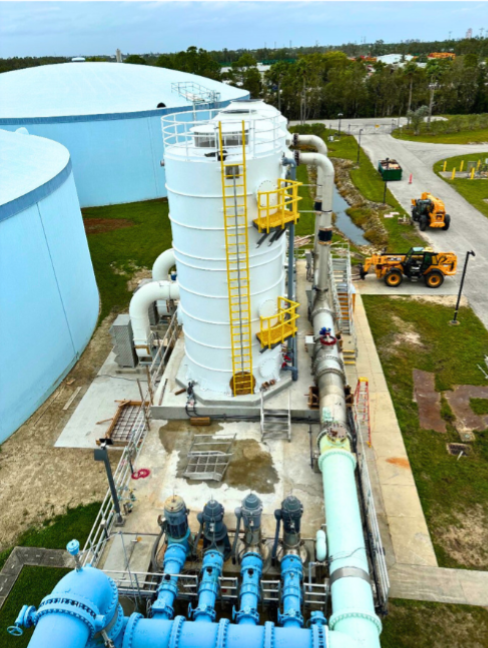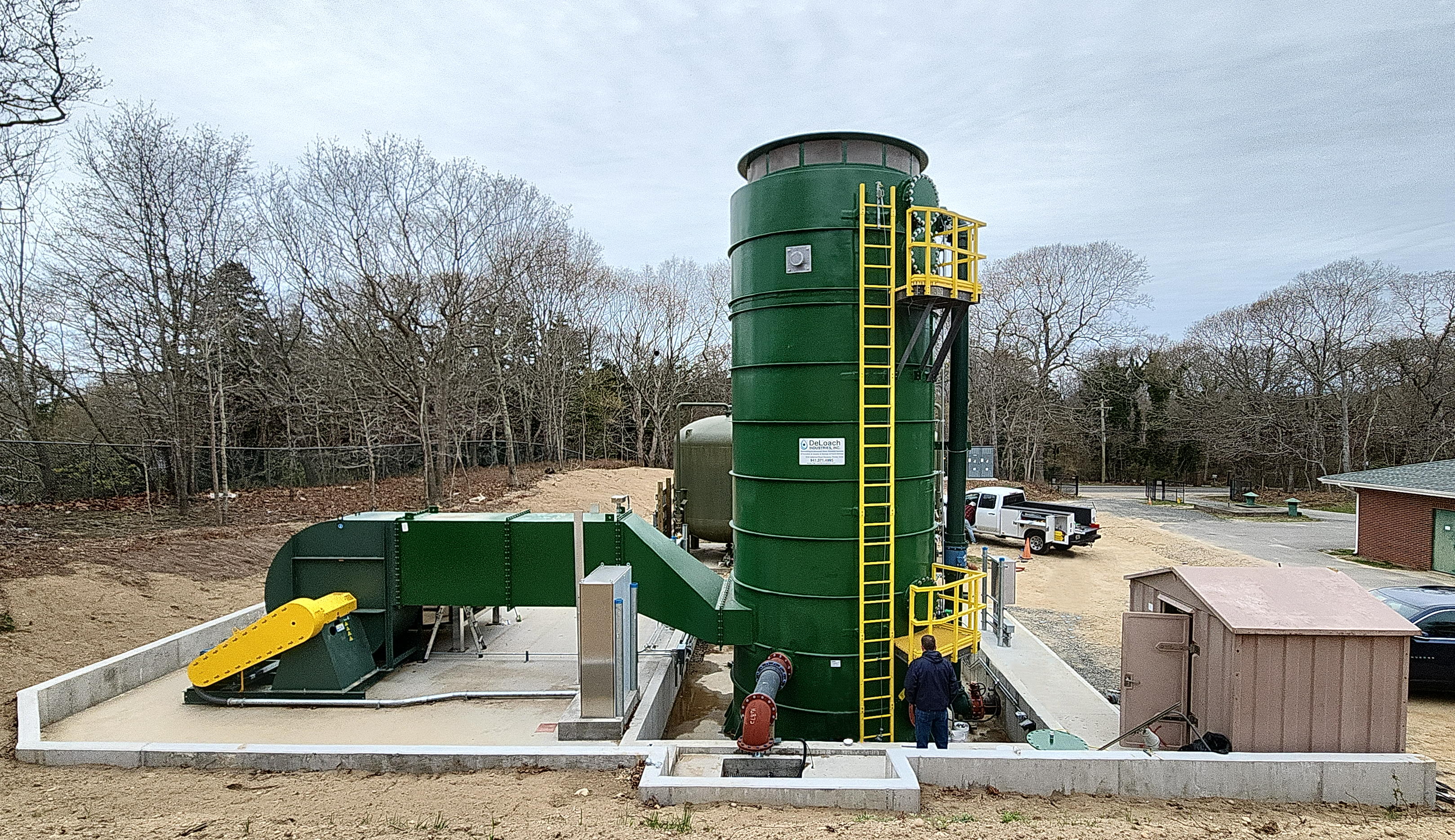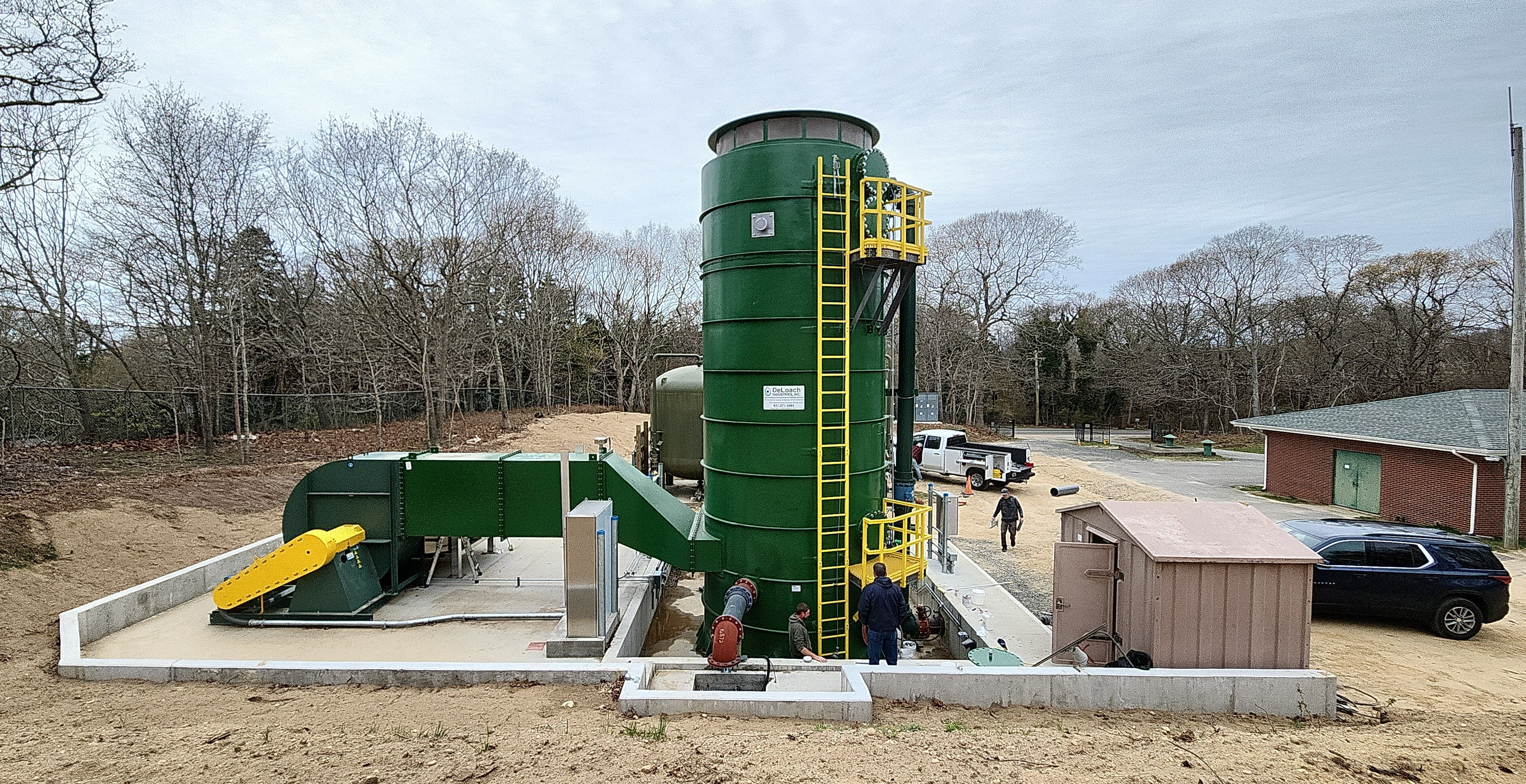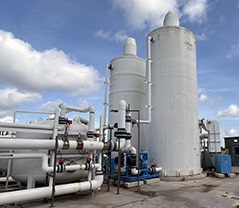Water treatment is the backbone of industrial processes, ensuring that systems run smoothly and efficiently. One of the essential components in this field is the degasification and decarbonation system. By effectively removing gases from water, these systems enhance water quality and minimize corrosion risks. Here we'll cover the intricacies of hydraulic flow optimization for degasification systems and reveal the best practices for avoiding common pitfalls in system design.
Read More
Topics:
degasification,
aeration,
water treatment,
degasifier,
DeLoach Industries, Inc.,
Induced Draft,
Industrial water treatment,
Water Treatment Technologies,
Forced Draft Degasification,
Elevated Degasification Systems
Industrial water treatment is a cornerstone of efficient and sustainable industrial operations. The presence of dissolved gases, particularly carbon dioxide (CO2) and hydrogen sulfide (H2S), can wreak havoc on equipment and processes. Understanding how to effectively manage these gases through degasification is crucial. In this comprehensive guide, we'll explore the mechanics and benefits of forced draft and induced draft degasification towers, empowering you to make informed decisions for your water treatment systems.
Read More
Topics:
degasification,
aeration,
water treatment,
degasifier,
DeLoach Industries, Inc.,
Induced Draft,
Industrial water treatment,
Water Treatment Technologies,
Forced Draft Degasification
The Fundamentals of Water Decarbonation
Water decarbonation, also known as degasification, is the process of removing carbon dioxide (CO2) from water. This procedure is essential in various sectors, including aquaculture, municipal water treatment, industrial processes, and the food & beverage industry. The presence of CO2 in water can lead to multiple problems, including equipment corrosion, reduced efficiency in water treatment systems, and negative impacts on aquatic life.
Read More
Topics:
water treatment issues,
degasification,
water treatment,
Decarbonation,
degasifier,
removal of CO2 from water,
CO2 in water,
decarbonation of water,
DeLoach Industries, Inc.,
Henry's Law
In the industrial sector, water purity is not a mere operational detail—it's a critical component that can significantly impact product quality, equipment longevity, and overall operational costs. From semiconductor manufacturing to chemical production, the demand for high-quality water is a universal necessity. Many industries face the challenge of dealing with groundwater, which often contains minerals and dissolved gases like calcium carbonate, manganese, iron, and hydrogen sulfide (H2S). These contaminants can severely damage machinery, clog systems, and compromise the effectiveness of demineralization resins.
Read More
Topics:
degasification,
water treatment,
degasifier,
DeLoach Industries, Inc.,
Industrial water treatment,
Forced Draft Degasification
How Forced Draft Degasification Systems Work
Forced Draft Degasification (FDD) systems are at the forefront of industrial water purification technology and are designed to remove dissolved gases, such as carbon dioxide and hydrogen sulfide, from water, significantly improving water quality and reducing the risk of corrosion in industrial equipment. The process starts in a vertically designed tower where water flows downward, encountering a cross-current airflow. This setup allows the unwanted gases to be stripped away efficiently, ensuring that the water exiting the system is free of these contaminants.
Read More
Topics:
degasification,
degasifier,
DeLoach Industries, Inc.,
Forced Draft,
Industrial water treatment
In modern industrial water treatment, advancements in technology and processes have revolutionized the way contaminants are removed from water.
This blog explores the integration of NSF/ANSI 61 certified systems, artificial intelligence in water treatment, and cutting-edge processes such as decarbonation and degasification. We'll also discuss the key differences between forced draft and induced draft degasification towers, helping you make informed decisions while designing your Industrial Water Treatment System.
-
NSF/ANSI 61-Certified Water Treatment Systems: To ensure the safety and quality of water treatment equipment, NSF/ANSI 61 certification has become a crucial standard. This certification verifies that materials and components used in water treatment systems comply with health and safety requirements. When selecting a water treatment solution, opting for NSF/ANSI 61 certified systems guarantees peace of mind and adherence to the highest industry standards.
-
Harnessing Artificial Intelligence in Water Treatment: Artificial intelligence (AI) has penetrated various industries, and water treatment is no exception. Integrating AI into water treatment processes allows for more efficient and optimized operations. AI-driven systems can monitor water quality in real-time, predict system failures, optimize chemical dosing, and reduce energy consumption. By leveraging AI technologies, water treatment facilities can enhance their overall performance and streamline resource utilization.
-
Decarbonation and Degasification Systems: Decarbonation and degasification are essential processes in industrial water treatment, particularly in pH levels in water and the ability to control removing the contaminants. These processes target the removal of carbon dioxide (CO2) and other dissolved gases from water to improve its quality. Two key systems used for this purpose are the decarbonator and aeration system.
Read More
Topics:
degasification,
advanced treatment solutions,
biological scrubber,
NSF/ANSI 61,
Chemical Odor,
Decarbonation,
Safe drinking water,
De-Aeration,
decarbonator,
degasifier,
degassed water,
ansi61,
nsf/ansi61,
Deagasification,
decarbonation of water,
DeLoach Industries, Inc.,
Drinking Water,
Industrial Odor Control,
DeLoach Industries,
contaminants,
process system,
safe drinking water act,
drinking water standards,
environmental safety,
air emissions,
Forced Draft,
Induced Draft
Degasification and decarbonation are essential processes in water treatment that play a crucial role in improving water quality.
Read More
Topics:
degasification,
hydrogen sulfide (H2S),
Decarbonation,
dissolved gases,
decarbonator,
degasifier,
gases,
carbonic acid,
H2S Degasifier,
co2 dissolved in water,
degassed water,
decarbonation of water,
DeLoach Industries, Inc.,
hydrogen sulfide molar mass,
DeLoach Industries,
carbon filters,
removing hydrogen sulfide in water,
hydrogen sulfide gas,
dissolved oxygen
